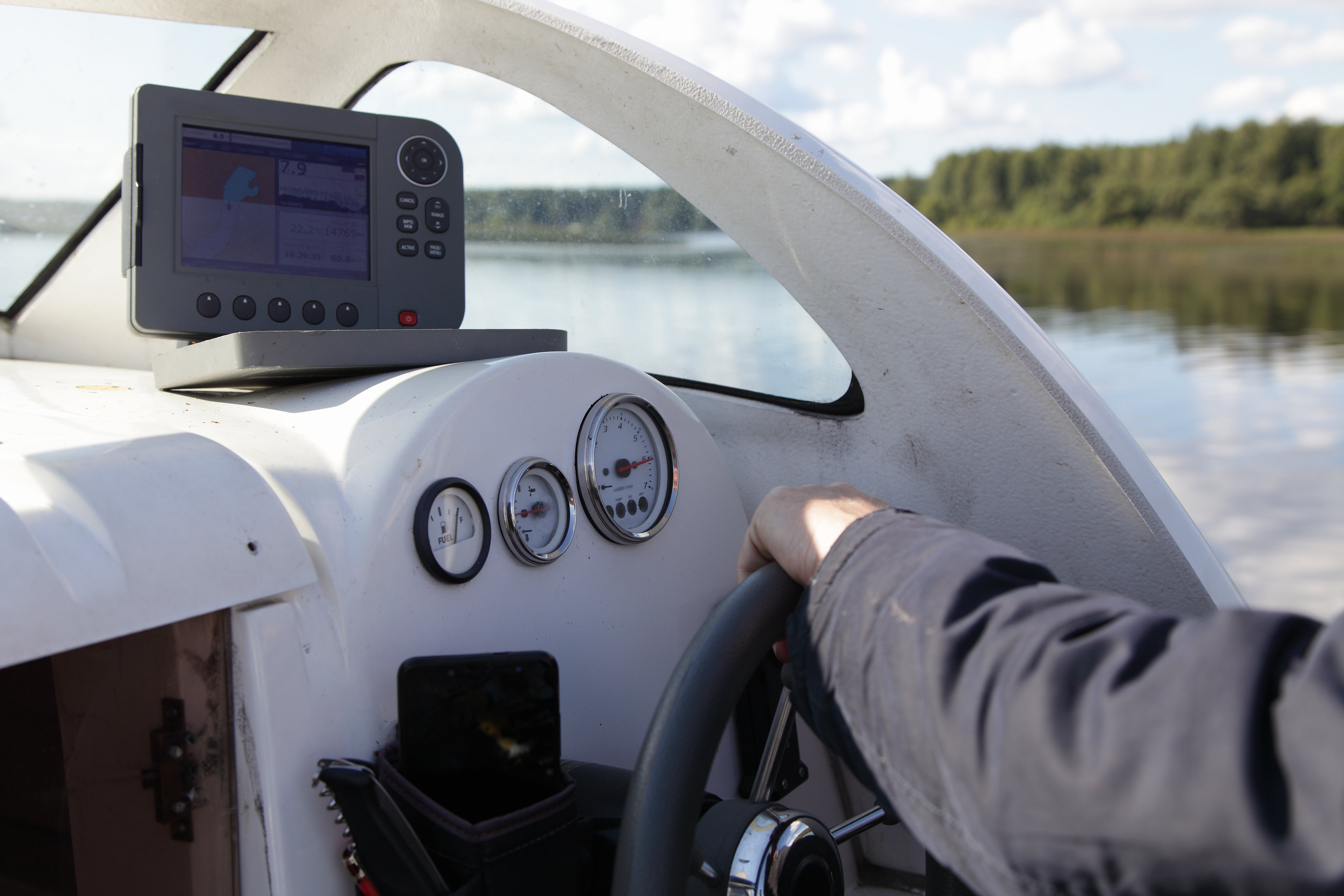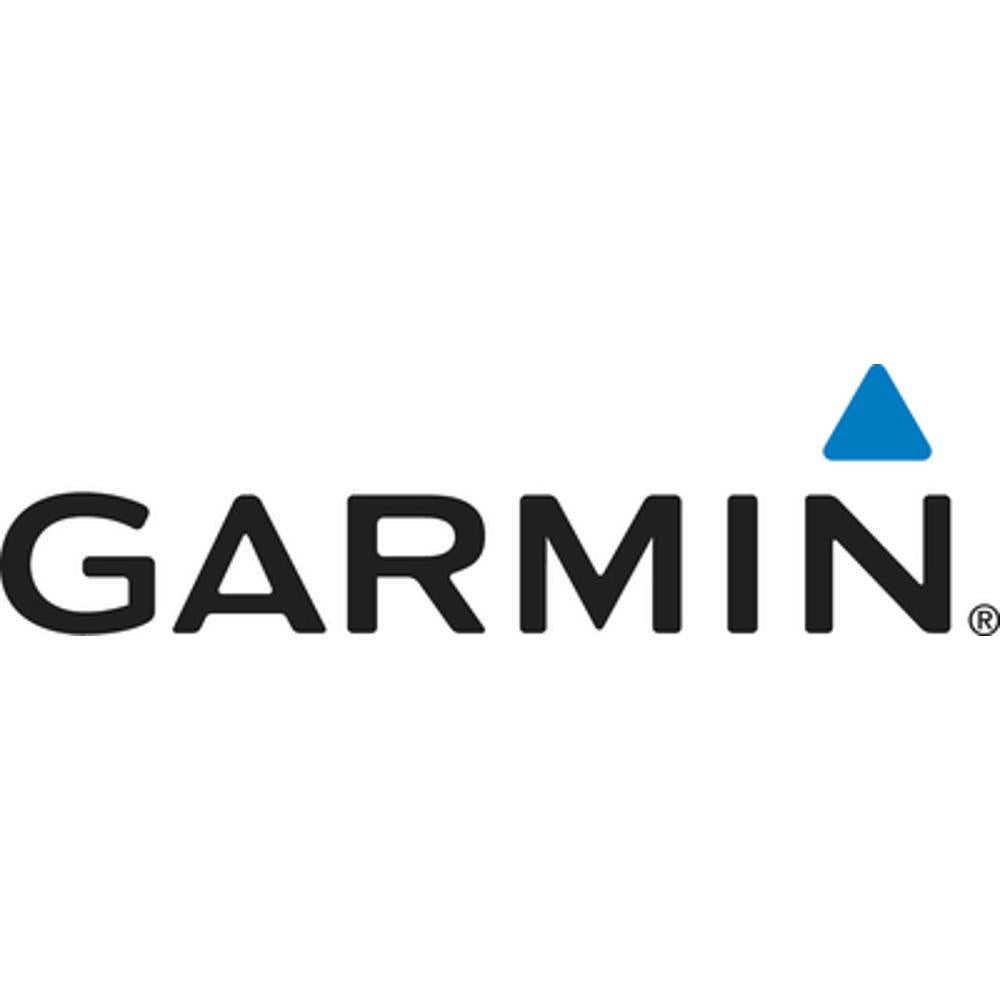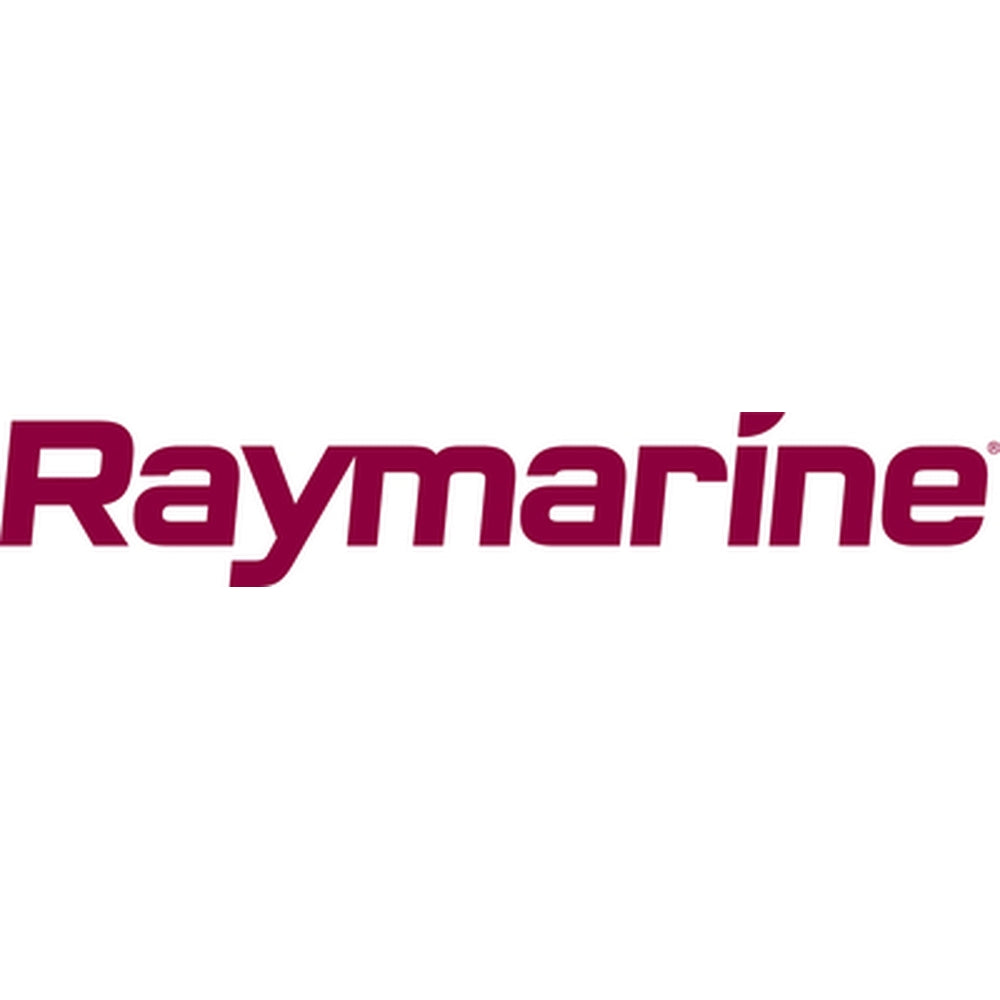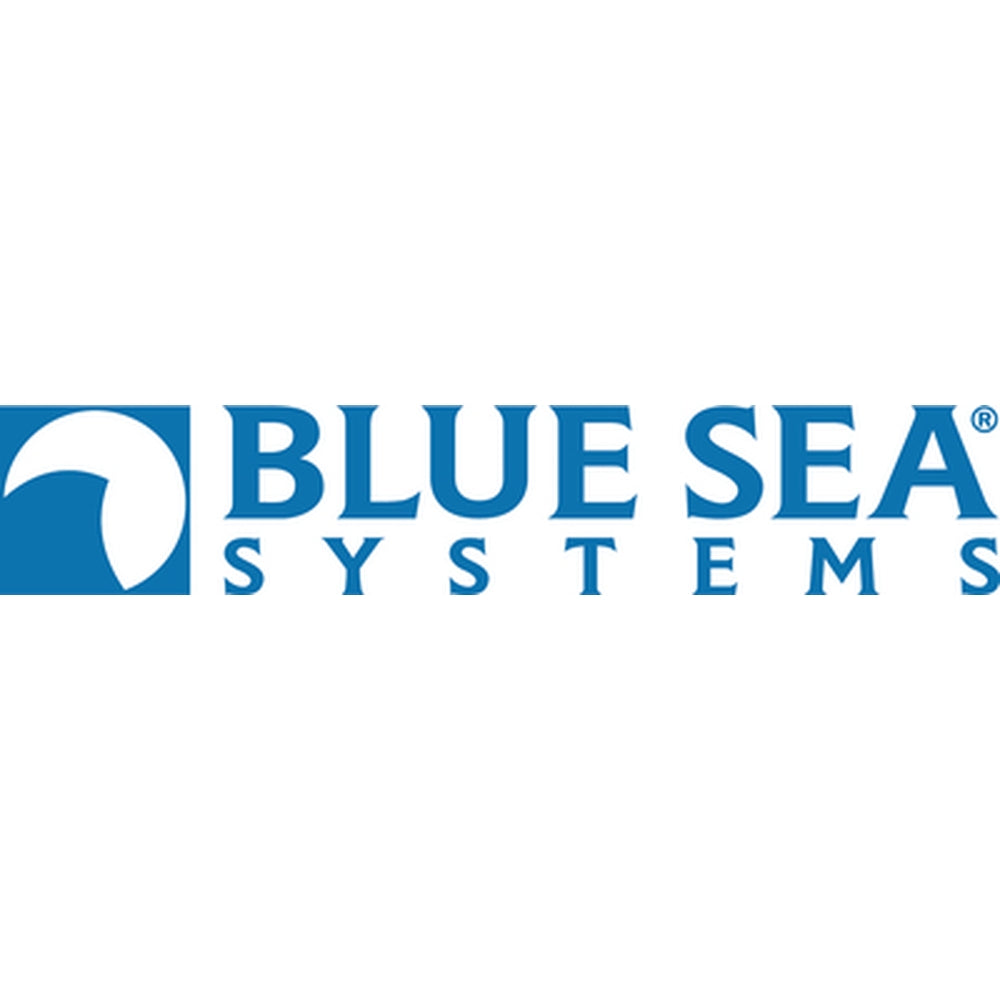Choosing the Right GPS Chartplotter for Your Boat

The world of boating has been significantly revolutionized by advancements in marine technology. One such critical innovation is the GPS chartplotter. A tool that was once exclusive to large vessels and commercial ships is now a staple on even small recreational boats. GPS chartplotters provide a multitude of features such as waypoints, routes, and even fishfinding capabilities in some models.
However, with the vast array of GPS chartplotters available in the market, how do you decide which one is best suited for your needs? In this blog post, we'll dive into the factors you need to consider when choosing the right GPS chartplotter for your boat.
Understanding Your Needs
Before you dive into product specifications and comparisons, it's crucial to understand your unique boating needs. Are you into casual boating or long sailing trips? Do you use your boat for fishing? Are you navigating inshore waters or venturing offshore? The answers to these questions will guide your choice of a chartplotter.
Screen Size and Resolution
The display is one of the most critical aspects of a GPS chartplotter. A larger screen provides a more extensive view of the map and easier readability. But remember, it should fit well in your boat's helm without obstructing any controls or the driver's view. High resolution, on the other hand, provides clearer and sharper images, enabling you to see the finest details.
Mapping and Charting Capabilities
Make sure the GPS chartplotter you choose offers comprehensive mapping and charting capabilities. It should provide detailed charts of your commonly navigated waters, including depth contours, buoys, obstructions, and points of interest. Some advanced models even offer 3D views and aerial photography of harbors, marinas, and other significant landmarks.
Integration and Networking
With the advent of multifunction displays (MFDs), it's now possible to integrate various systems such as radar, fishfinder, AIS, and autopilot with your GPS chartplotter. This enables you to have all your critical data on one screen, making navigation easier and more efficient. Furthermore, if you have a larger boat with space for multiple displays, ensure your GPS chartplotter can share data with other screens through a network.
Additional Features
Features such as Wi-Fi connectivity, touch-screen interface, voice control, and mobile app integration might not be essential but can greatly enhance your user experience. Moreover, some high-end chartplotters offer features like chirp sonar and Doppler radar support, which can significantly improve your fishing and navigation capabilities.
Brand and Model
The brand and model of the chartplotter can also significantly impact your choice. Established brands like Garmin, Raymarine, and Simrad offer a range of chartplotters catering to different needs and budgets. They also provide better after-sale service and regular software updates, ensuring your chartplotter stays up-to-date.
Installation and Ease of Use
The ease of installation and use of the GPS chartplotter should also be a consideration. If you're not particularly tech-savvy, you might prefer a model that's straightforward and user-friendly, with an intuitive interface and clear instructions for installation and setup.
Consider the Future
It's also essential to consider the future when investing in a GPS chartplotter. If you plan to upgrade your boat or engage in different activities in the future, your needs might change. Choose a model that's versatile and adaptable, with options for upgrades and additional features. This will ensure your GPS chartplotter can grow with you and continue to meet your needs in the future.
Final Thoughts
In conclusion, investing in a GPS chartplotter is a significant decision that requires careful consideration. By thoroughly understanding your needs, researching various models, and keeping an eye on the latest technological trends, you can choose a chartplotter that will enhance your boating experiences for many years to come.
Remember, the right GPS chartplotter for you depends on your individual needs and preferences. With the right information at your disposal, you're well-equipped to make an informed decision. Happy sailing!
- Choosing a selection results in a full page refresh.










































